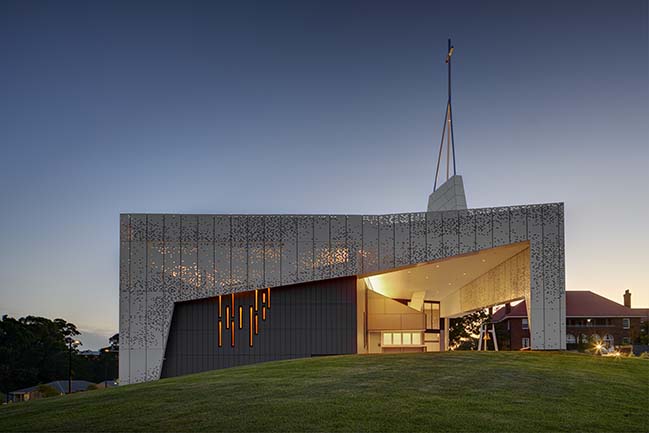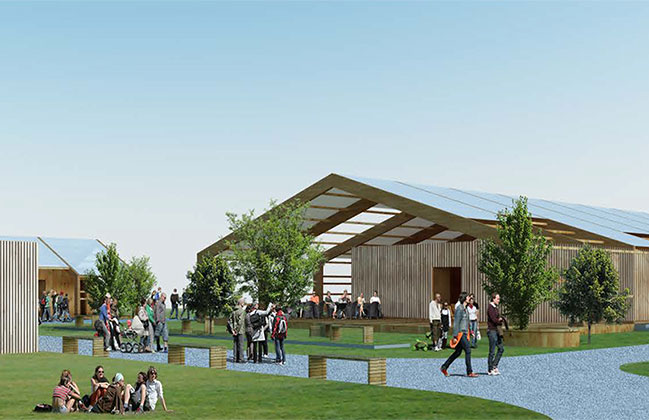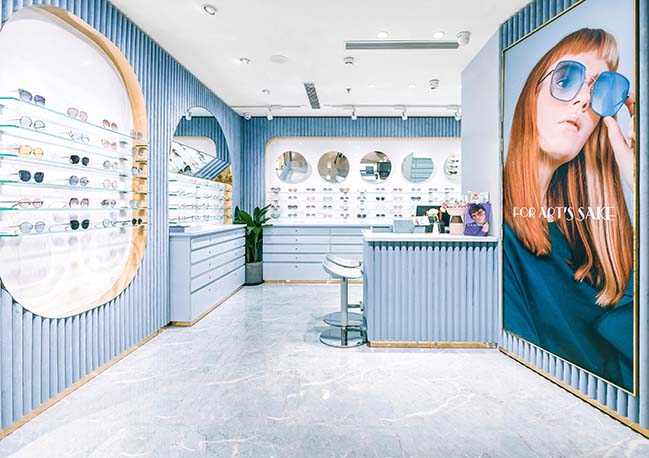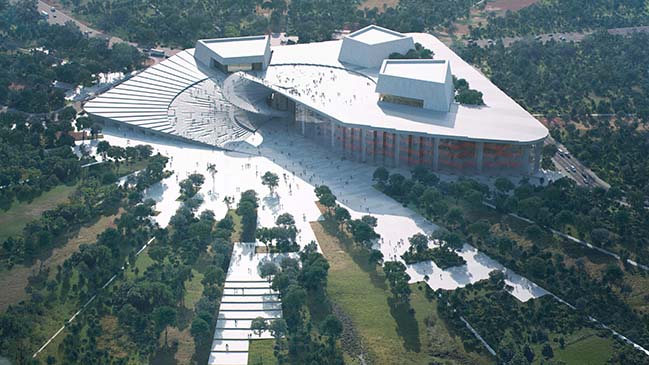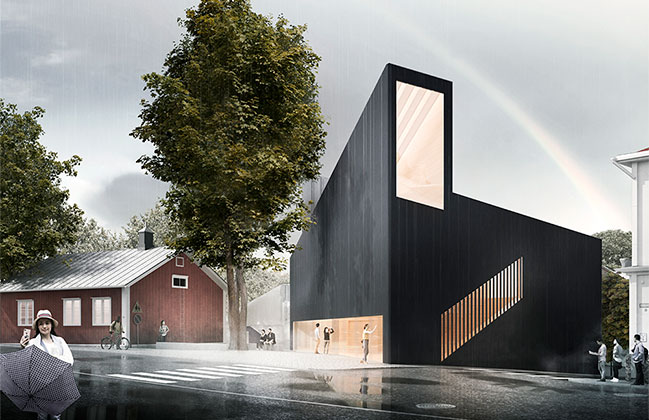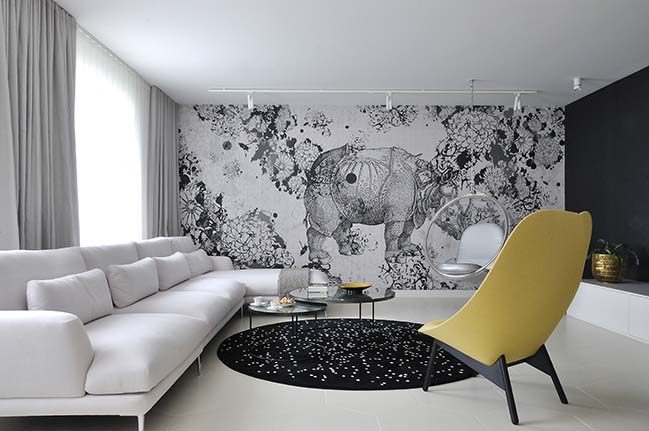04 / 05
2019
By 2050, 90% of the world’s largest cities will be exposed to rising seas. The vast majority of coastal cities will be impacted by coastal erosion and flooding, displacing millions of people, while destroying homes and infrastructure. As part of UN-Habitat’s New Urban Agenda, BIG proposes a vision for the world’s first resilient and sustainable floating community for 10,000 residents. Designed as a man-made ecosystem, Oceanix City is anchored in the UN Sustainable Development Goals, channeling flows of energy, water, food and waste to create a blueprint for a modular maritime metropolis.
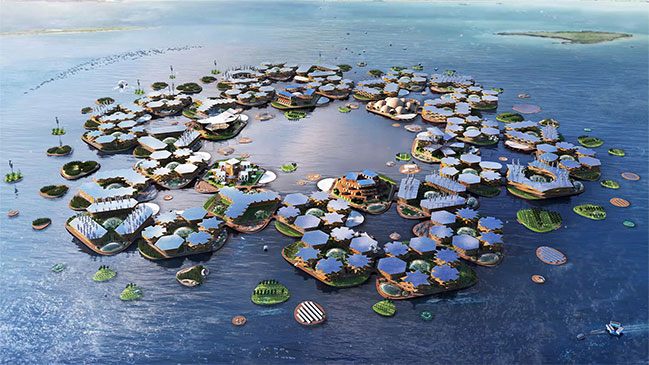
Architect: Bjarke Ingels Group
Client: OCEANIX
Year: 2019
Size: 500,000 sq.m.
Partners-in-Charge: Bjarke Ingels, Daniel Sundlin
Project Leaders: Alana Goldweit, Jeremy Alain Siegel
Collaborators: MIT Center for Ocean Engineering, Mobility in Chain, Sherwood Design Engineers, Center for Zero Waste Design, Transsolar KlimaEngineering, Global Coral Reef Alliance, Studio Other Spaces, Dickson Despommier
Team: Andy Coward, Ashton Stare, Autumn Visconti, Bernardo Schuhmacher, Carlos Castillo, Cristina Medina-Gonzalez, Jacob Karasik, Kristoffer Negendahl, Mai Lee, Manon Otto, Terrence Chew, Thomas McMurtrie, Tore Banke, Tracy Sodder, Walid Bhatt, Will Campion, Yushan Huang, Ziyu Guo
Images: BIG - Bjarke Ingels Group
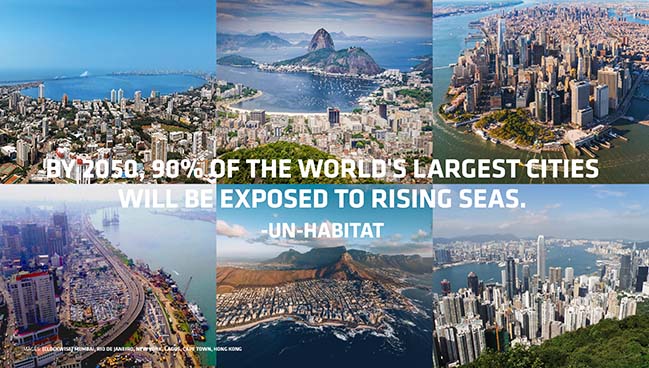
From the architect: Oceanix City is designed to grow, transform and adapt organically over time, evolving from neighborhoods to cities with the possibility of scaling indefinitely. Modular neighborhoods of 2 hectares create thriving self-sustaining communities of up to 300 residents with mixed-use space for living, working and gathering during day and night time. All built structures in the neighborhood are kept below 7 stories to create a low center of gravity and resist wind.
Every building fans out to self-shade internal spaces and public realm, providing comfort and lower cooling costs while maximizing roof area for solar capture. Communal farming is the heart of every platform, allowing residents to embrace sharing culture and zero waste systems. Below sea level, beneath the platforms, biorock floating reefs, seaweed, oysters, mussel, scallop and clam farming clean the water and accelerate ecosystem regeneration.
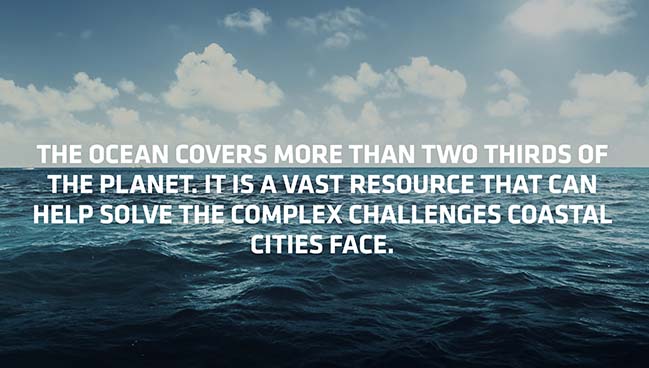
By clustering six neighborhoods around a protected central harbor, larger villages of 12 hectares can accommodate up to 1,650 residents. Social, recreational and commercial functions are placed around the sheltered inner ring to encourage citizens to gather and move around the village. Residents can easily walk or boat through the city using electric vehicles.
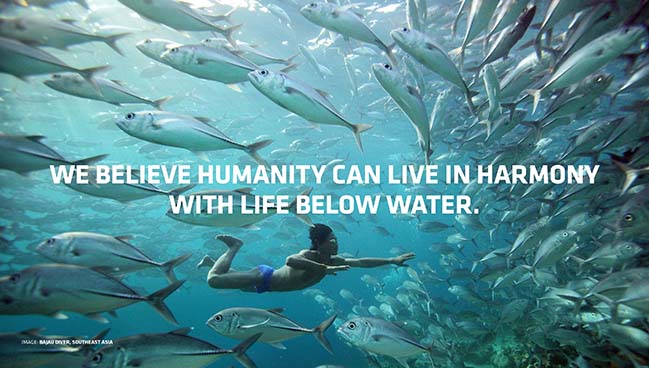
Aggregating to reach a critical density, six villages connect to form a city of 10,000 residents with a strong sense of community and identity. A larger protected harbor is formed in the heart of the city. Floating destinations and art, including six specialized landmark neighborhoods with a public square, market place and centers for spirituality, learning, health, sport and culture create destinations drawing residents from across the city and anchoring each neighborhood in a unique identity. All communities regardless of size will prioritize locally sourced materials for building construction, including fast-growing bamboo that has six times the tensile strength of steel, a negative carbon footprint, and can be grown on the neighborhoods themselves.
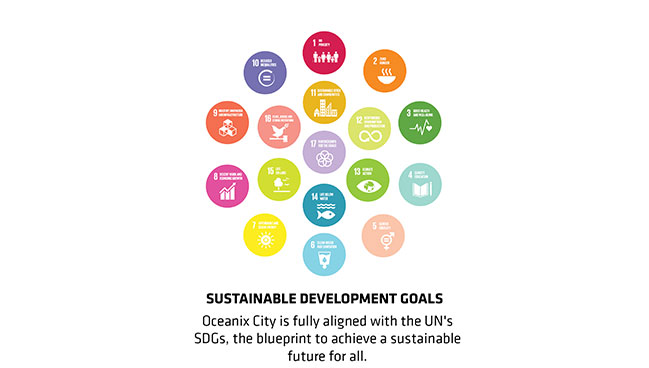
Floating cities can be prefabricated on shore and towed to their final site, reducing construction costs. This paired with the low cost of leasing space on the ocean creates an affordable model of living. These factors mean that affordable housing can be rapidly deployed to coastal megacities in dire need. The first Oceanix Cities are calibrated for the most vulnerable tropical and sub-tropical regions around the globe.
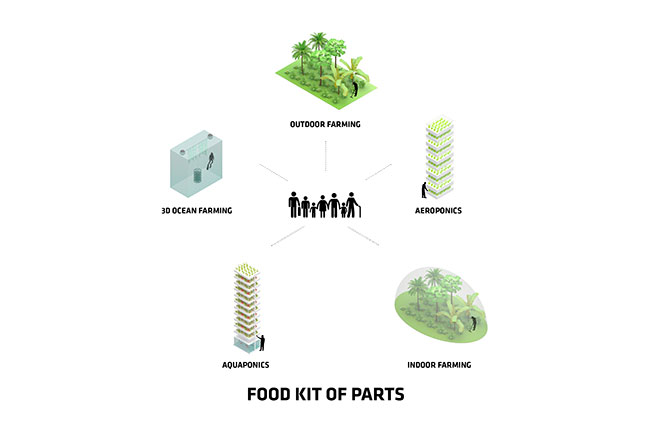
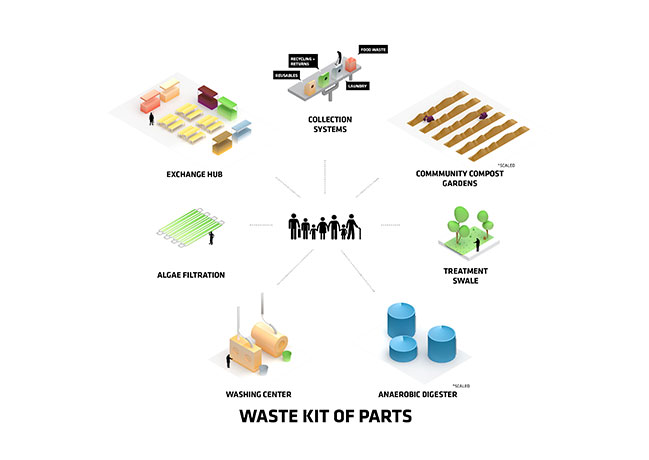
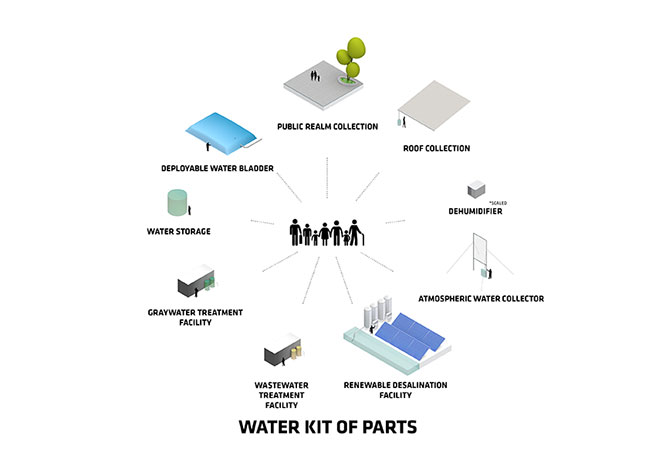

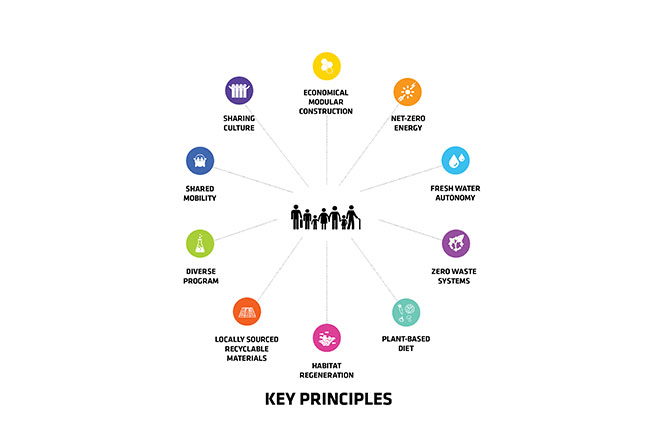

[ VIEW MORE BJARKE INGELS GROUP'S PROJECTS ]
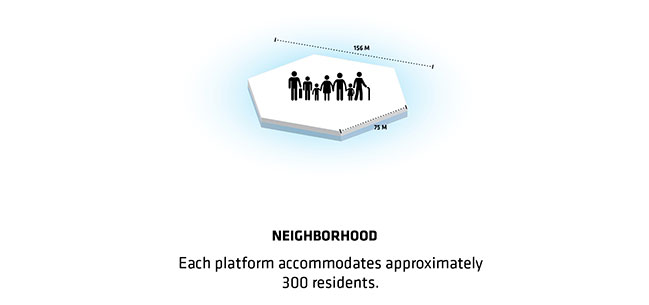
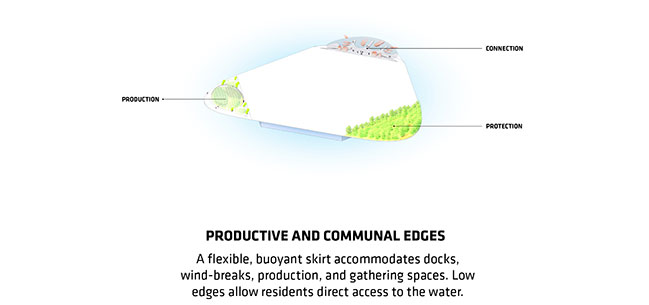
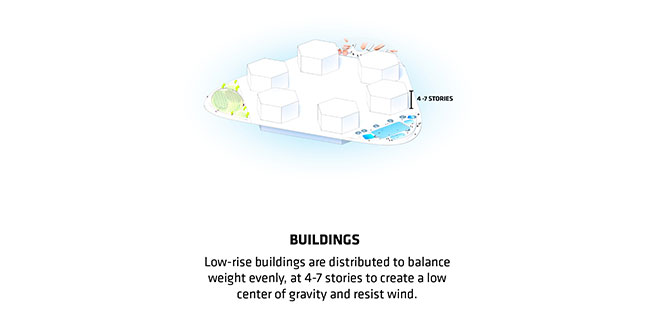
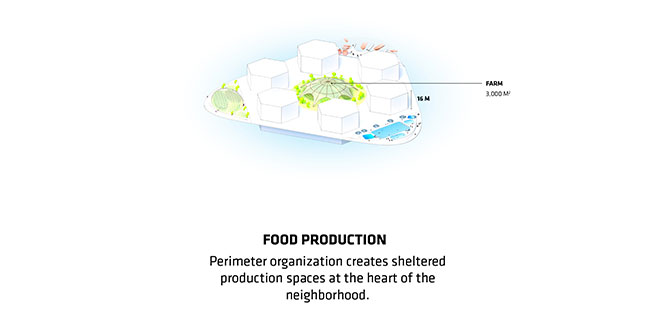
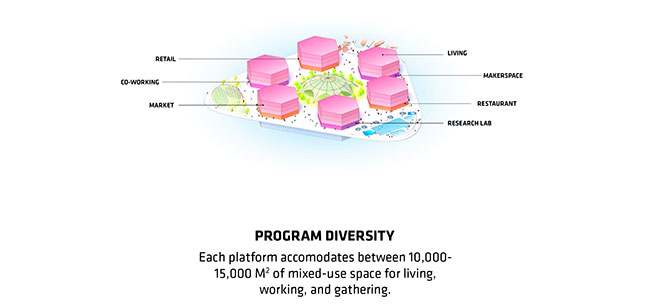
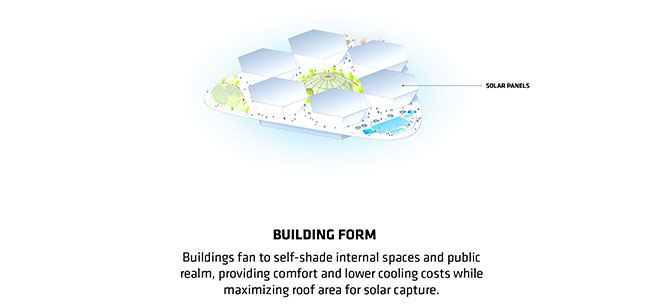


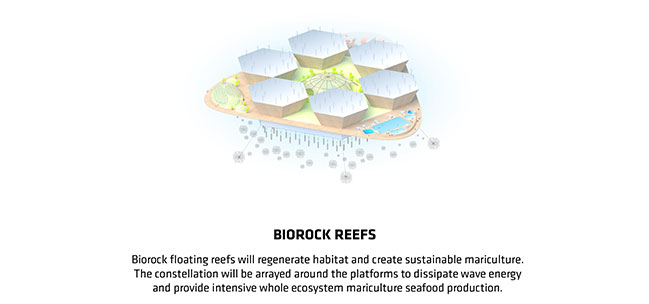

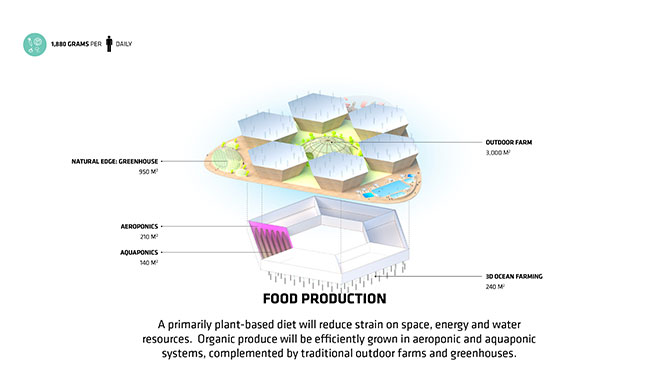
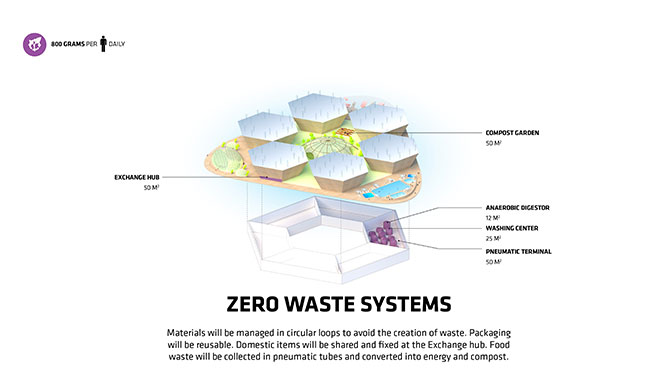
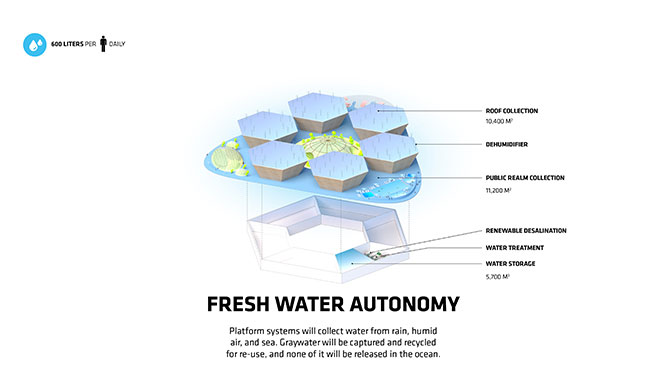

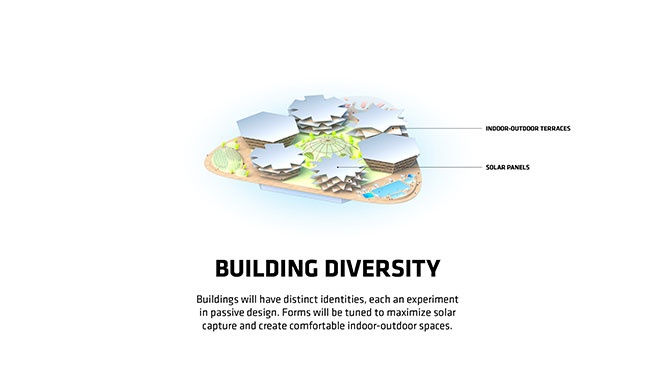
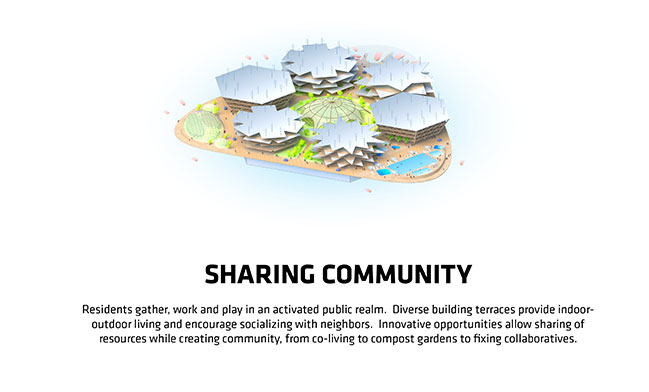
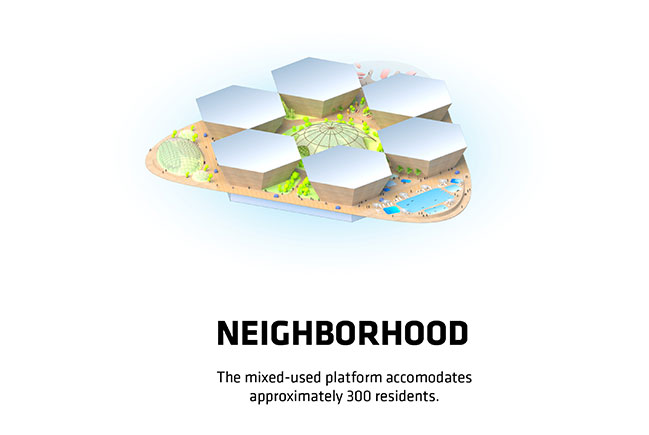
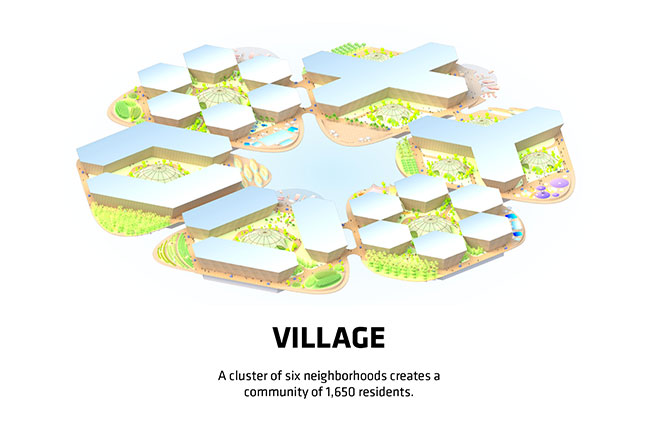
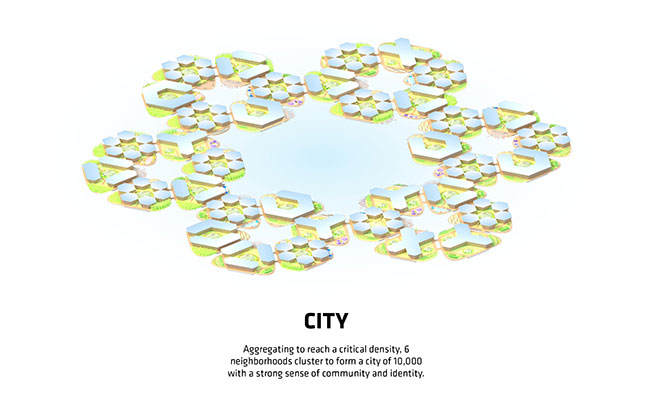

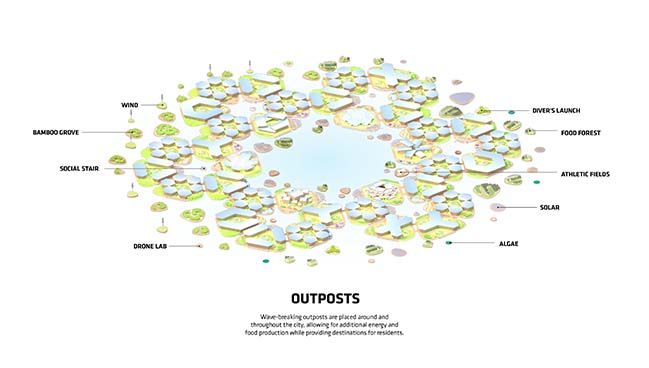
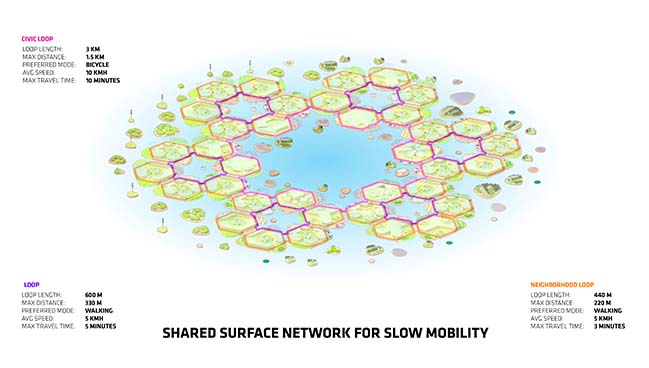
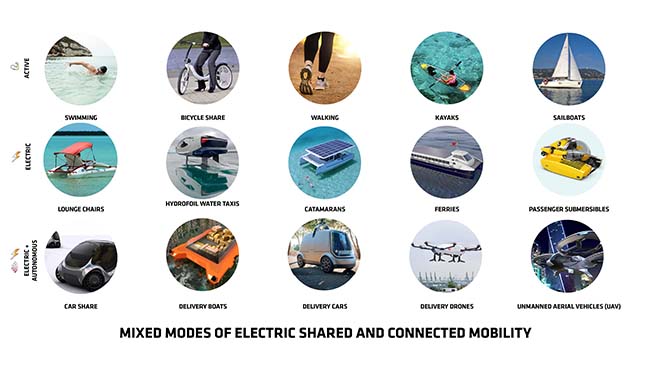
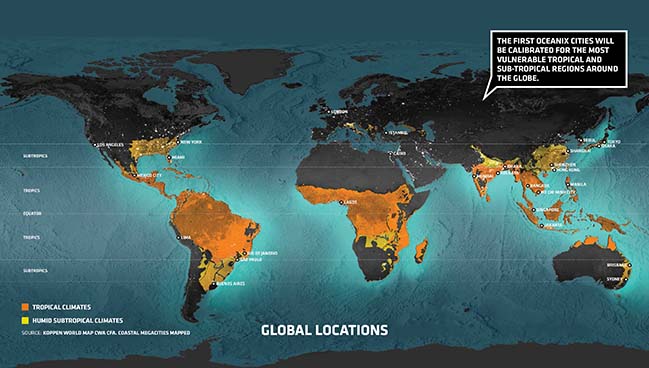
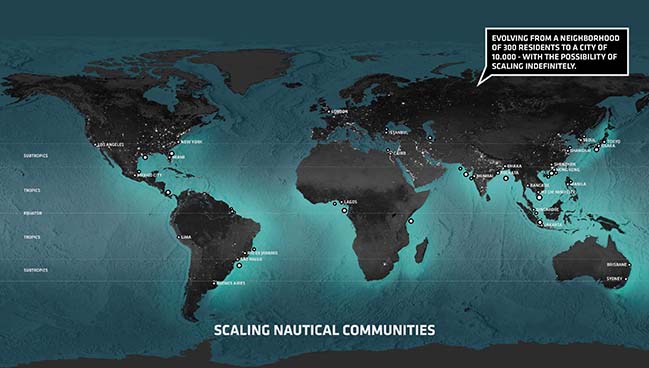
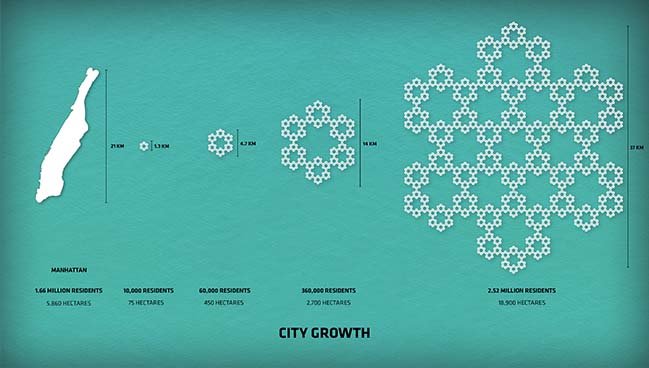
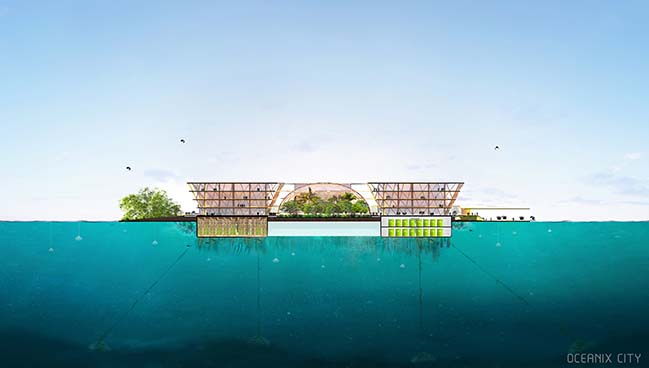

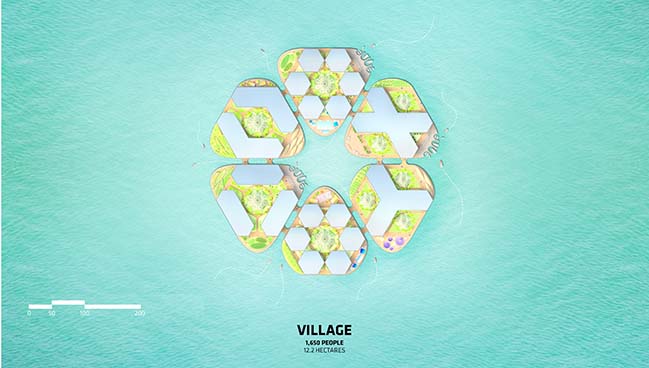
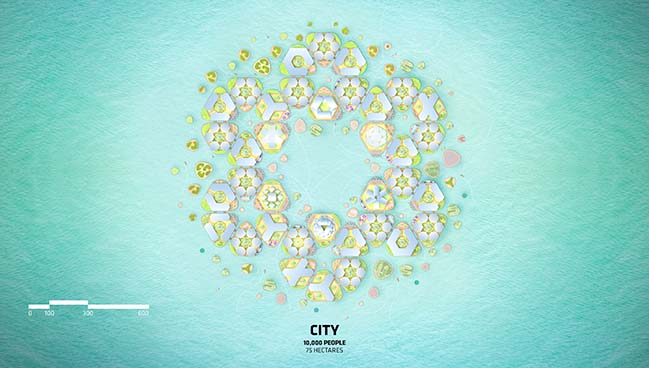

YOU MAY ALSO LIKE: IQON - The tallest building in Quito by Bjarke Ingels Group
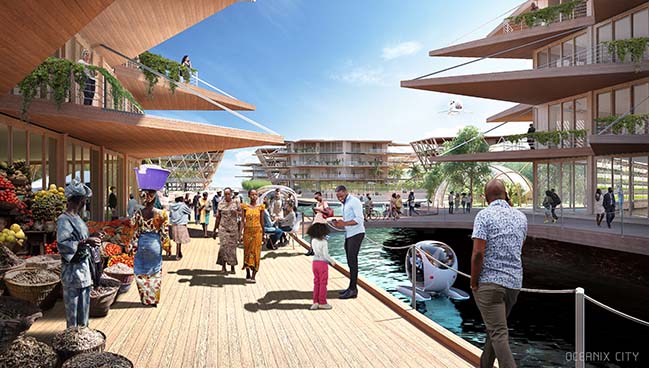

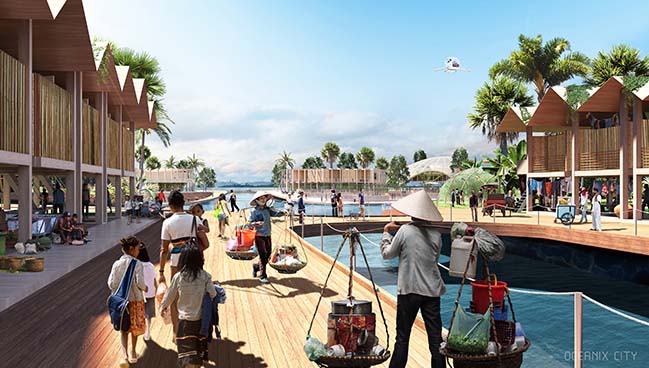
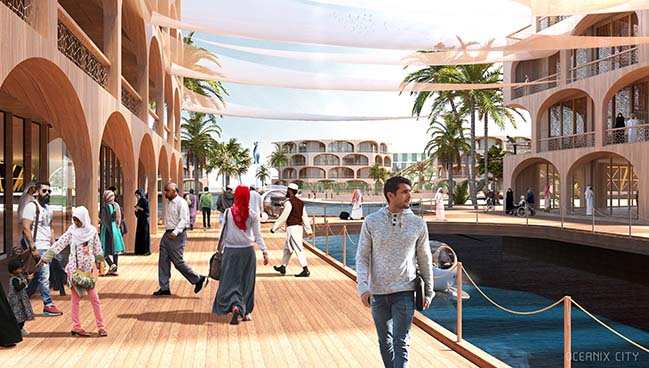
YOU MAY ALSO LIKE: 79&Park by Bjarke Ingels Group
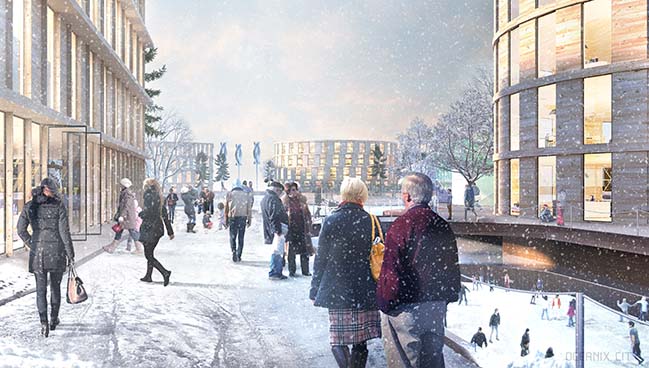
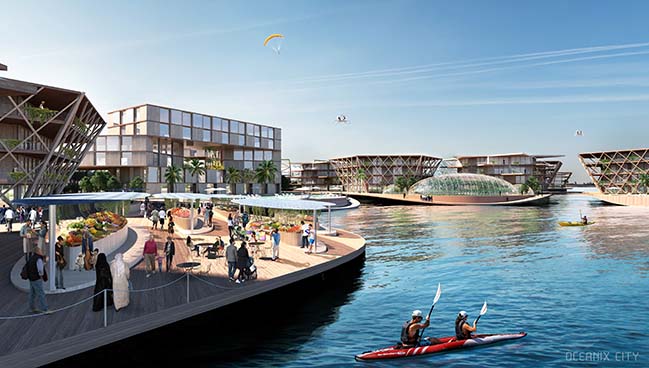
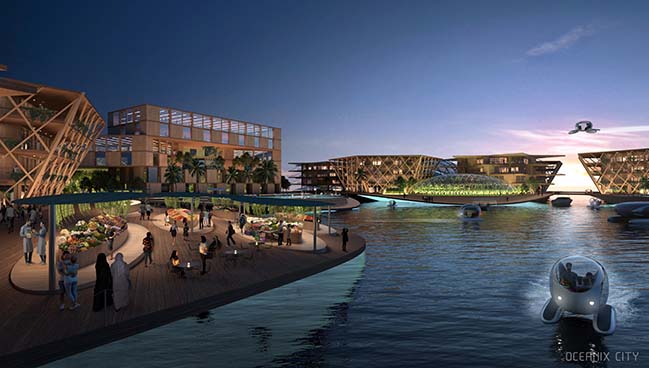
Oceanix City by Bjarke Ingels Group
04 / 05 / 2019 BIG proposes a vision for the world's first resilient and sustainable floating community for 10,000 residents.
You might also like:
Recommended post: Orlove House by Ministerstwo Spraw we Wnętrzach

